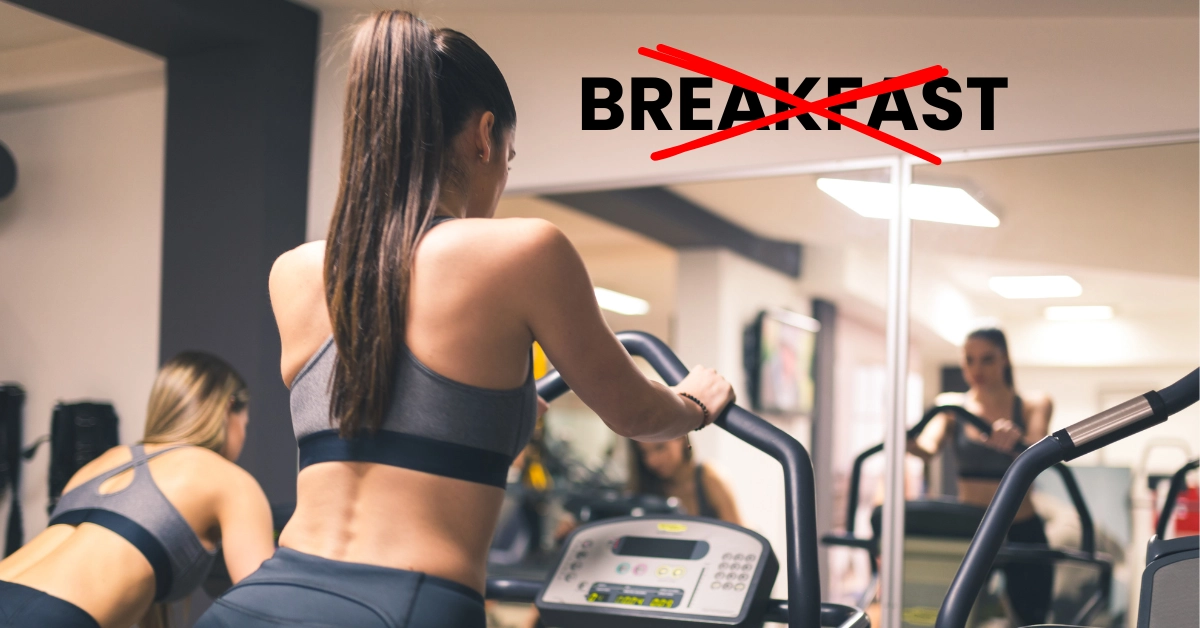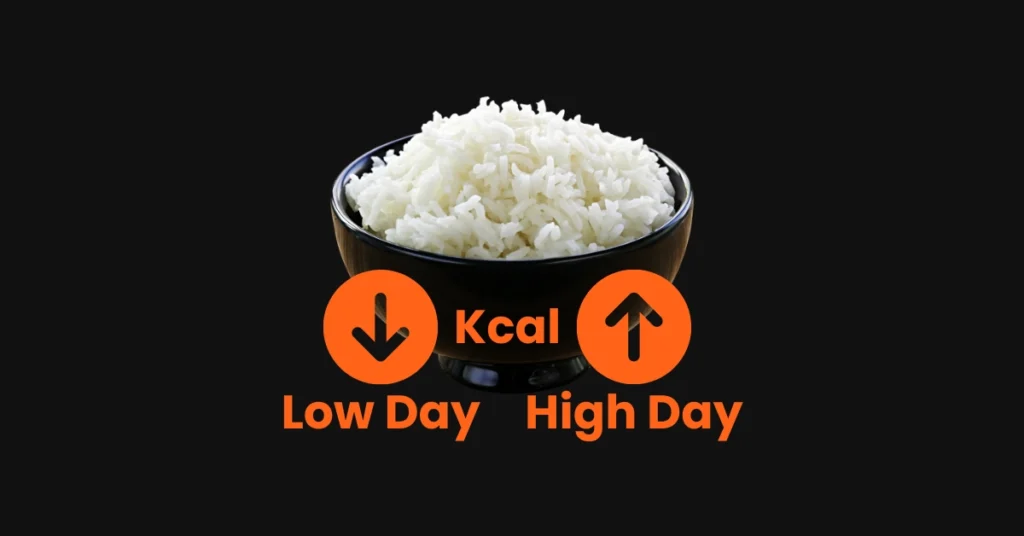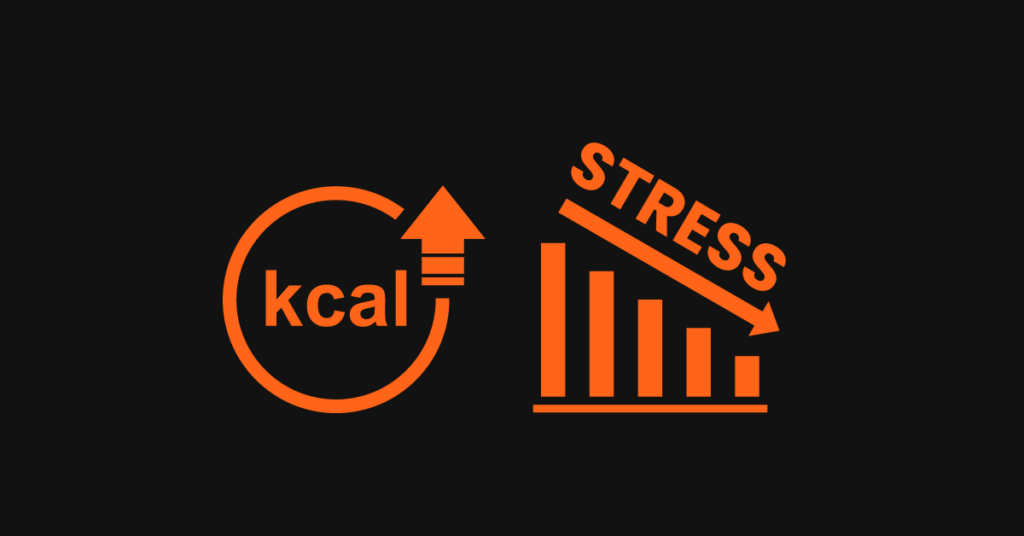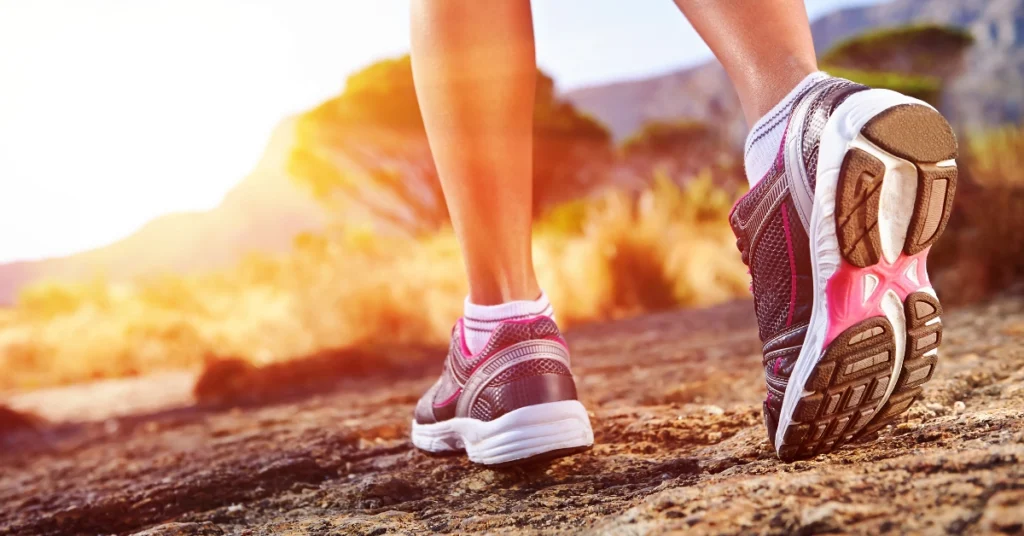is fasted cardio better for fat loss?
Fasted cardio is a popular strategy, especially in the world of fat loss, but is fasted cardio better for fat loss, compared to performing cardio in a fed state? The answer to this question is not 100% clear. There may be a small benefit to performing fasted cardio if you are performing cardio to assist in fat loss, however, it can also be detrimental in some situations and for some individuals.
what is fasted cardio?
As the name suggests, fasted cardio is simply cardio performed in a fasted state. Fasted cardio is typically performed first thing in the morning after an overnight fast, although it can be performed at any time. If you are following an intermittent fasting protocol, and have skipped breakfast, you could perform fasted cardio before your first meal.
why do people perform fasted cardio?
People typically perform fasted cardio because they believe it is better for fat loss, and intuitively this makes sense. The other main reason people perform fasted cardio is convenience. Being able to perform cardio first thing in the morning before breakfast can be convenient for many people and can be the best time of day for them.
is fasted cardio better for fat loss?

The efficacy of fasted cardio is still contested, and how much of a difference fasted cardio makes to fat loss is still debated within the fitness industry. Some fitness professionals adhere to this theory, although the evidence for this remains unclear at this point.
The theory behind fasted cardio is that when you are performing cardio in a fasted state, your body is running mostly on body fat, compared to if you were to perform cardio in a fed state, with carbohydrates more readily available to be used for energy. Therefore, performing cardio in a fasted state increases the amount of body fat that is burned for energy.
One important point to remember here is that the body will preferentially use different energy sources, depending on the intensity of the activity we are performing, regardless of whether we are in a fasted state or not. Lower-intensity activities such as walking and low intensity cardio will use fat oxidation to a greater degree, while higher intensity activities such as moderate and high intensity cardio will use more glycogen (stored carbohydrates in the muscles) for energy.
what does the research say about fasted cardio and fat loss?
So is fasted cardio better for fat loss? and does fasted cardio burn more fat? The Research shows that aerobic exercise performed in a fasted state, or any fasted exercise does increase fat oxidation, compared to performing cardio in a fed state. Fat burning is increased during the time you are exercising, however, this does not mean that you will necessarily lose more body fat.
Interestingly a study showed that participants who ran in a fasted state burnt more fat and less carbohydrates during their run, and less fat and more carbohydrates during the rest of the day. Participants who ran in a fed state burnt less fat and more carbohydrates during their run, and more fat and less carbohydrates during the rest of the day.
Another study showed that body composition changes (fat loss) when performing regular fasted cardio in conjunction with a hypocaloric diet (calorie deficit) are similar regardless of whether cardio is performed in a fasted or fed state. Our body is always burning a combination of fat and carbohydrates at different times.
We have known for decades that the number one driver of fat loss is a negative energy balance. When the body is using more calories than it is expending over a set period, we will lose body fat, regardless of whether we burn fat to a greater or lesser extent when performing fasted aerobic exercise.
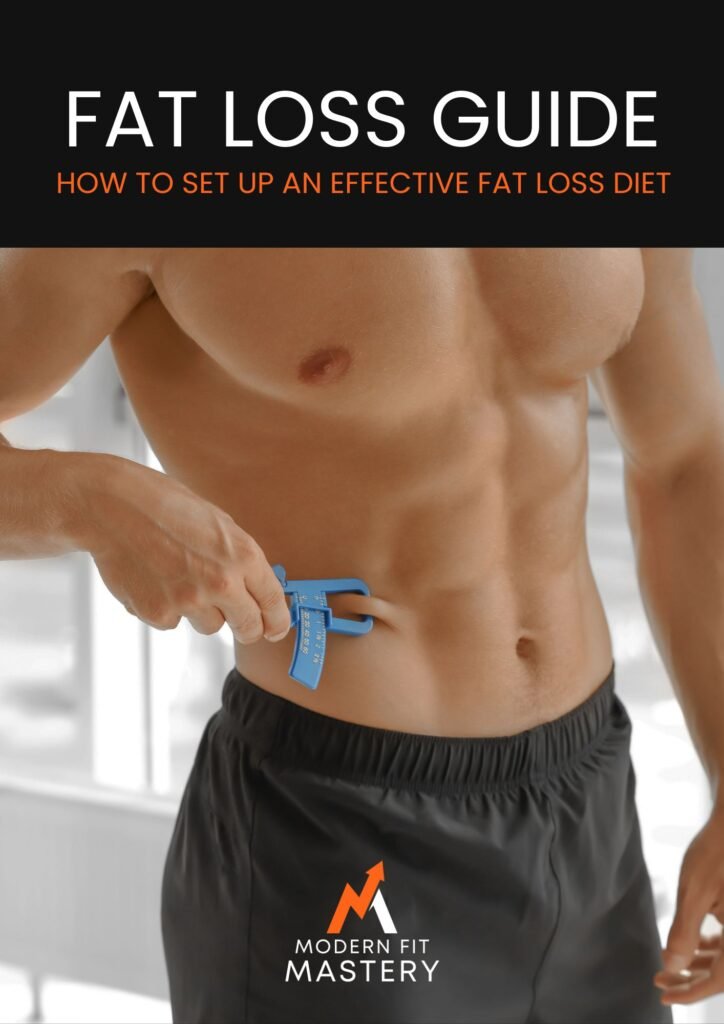
what are the benefits of fasted cardio?
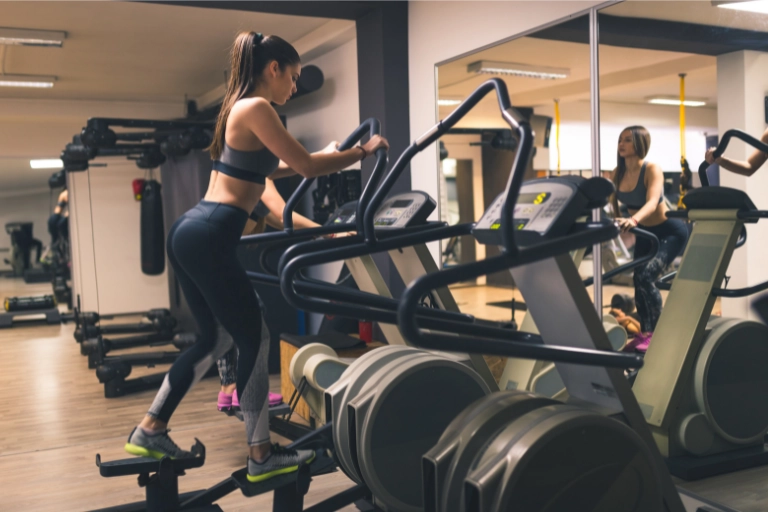
If the research points to fasted cardio being no better for fat loss compared to fed cardio, are there any other benefits to performing fasted cardio? Well, maybe.
Fasted Cardio may be slightly more effective for fat loss
Research can only point to what the ultimate truth may be, this is especially true in sports and exercise science, so we should not only rely on what the science says. We can not dismiss anecdotal evidence completely, and the experience of coaches working with real people in the real world, over decades should be considered. This is true in regards to all areas of fitness, whether we are looking at the potential benefits of fasted cardio, or other areas of fitness such as building muscle.
Coaches, as well as physique competitors, have used fasted cardio for decades. Performing cardio on an empty stomach is a widely used practice. Most coaches are aware of what the science says in regards to fasted cardio and fat loss, however, some coaches do report better results with themselves and their clients, and believe it is slightly more effective than performing cardio in a fed state, and so continue to use it.
training first thing in the morning is a great habit to build
One of the benefits of fasted cardio is that performing cardio first thing in the morning is a great habit to build, and can lead to greater consistency and adherence. Performing morning fasted cardio will mean you do not have to waste time making breakfast and can get straight into your cardio session. With your cardio session completed before your day has even started, there is far less risk of life getting in the way and you skipping your planned session, especially if you have a busy and often stressful lifestyle (almost everyone).
morning can be the best time to perform cardio for some people
Another of the benefits of fasted cardio is that the morning is often the best time or the only time people can get in a cardio session. Performing cardio at home can be a great idea, for convenience and time management, and many people are happy to invest some money into a decent piece of cardio equipment for their home. Performing cardio first thing in the morning upon waking, before the rest of the family is awake may be the best time for some people.
Some people feel better performing cardio on an empty stomach
Some people report they feel better when they avoid eating before a workout and prefer to perform cardio on an empty stomach, and this can be a potential benefit of fasted cardio for some individuals.
fasted cardio can fit well with intermittent fasting
Fasted cardio can fit in well with the intermittent fasting lifestyle. You do not have to perform fasted cardio in the morning, performing a cardio session any time before your first meal of the day is an option, depending on the intermittent fasting protocol you are following.
fasted cardio can set you up for a great day
Cardio is great for improving your mood and can even help with symptoms of anxiety and depression. Performing fasted cardio first thing in the morning is a great way to start your day, and can set you up well for the day ahead. Starting your day in a positive and happy mood can not be underestimated.
what are the potential drawbacks of fasted cardio?
There are some potential downsides to performing fasted cardio which should be taken into consideration, and these will likely be more or less of an issue depending on the individual, their current lifestyle, and their current circumstances.
fasted cardio will Increase cortisol levels
Fasted cardio is more stressful on the body, and will increase the stress hormone cortisol to a greater degree than performing cardio in a fed state, as seen in this study. Cortisol is one of the primary stress hormones, and elevating this has been associated with fat gain, especially around the abdominal area. It is also catabolic to muscle, meaning it will break muscle tissue down to supply glucose to the body when there is not sufficient glucose provided from carbohydrates.
Exercise elevates cortisol to some degree, and so increasing this further through fasted cardio can be problematic, particularly for individuals who already have elevated cortisol levels, which can be a large percentage of the population. People will often be performing fasted cardio in a fat loss phase while in a calorie deficit, which in itself raises cortisol levels even further.
fasted cardio may be a bad idea for individuals with stressful lifestyles
Considering all of the points mentioned above combined with the often busy and stressful modern lifestyle can be a bad idea for some individuals, and will raise stress further, likely causing detrimental effects.
fasted cardio can decrease performance
If your goal is performance, fasted cardio may decrease performance compared to performing cardio in a fed state. This will likely depend on the intensity you are working at as well as the duration. People who perform fasted cardio regularly can likely adapt to performing in a fasted state to some degree, and some people report no drop in performance. However, the majority of people do perform better in a fed state in my experience.
You may burn less calories overall
Related to the point above, fasted cardio can burn fewer calories if our performance is reduced when performing fasted cardio, which may affect rates of fat loss to a degree. This is likely not a major concern in my opinion, as the number one tool we can use to maintain a negative energy balance is our diet, and adhering to a calorie deficit.
fasted cardio may be detrimental to muscle
Fasted cardio may be detrimental to muscle mass if the stress hormone cortisol is chronically elevated as mentioned previously, although this will depend on the individual and their current physiological health. Bodybuilders have used fasted cardio for decades and do not report such issues.
fasted cardio may lead to low blood sugar and dizziness
Some people do not do well with fasted cardio and can experience low blood sugar and dizziness, even when working at a fairly low intensity, although this is not typical.

my experience with fasted cardio
I have used fasted cardio myself In the past, however, in my experience, I did not find it any better in terms of fat loss. For me personally, I felt great afterwards, however, I often had a drop in energy and felt tired later in the morning, and it also increased my hunger levels, not great in a fat loss phase. I was working at a relatively low intensity, around zone 2, for around 30 minutes, so nothing too extreme.
That’s not to say that fasted cardio can not work for you. For my clients I have found it is a mixed bag, some people love fasted cardio and feel great doing it, while others have had similar issues to me. The only way to know if fasted cardio is right for you is to try it out.
One thing I will mention is that back in my intermittent fasting days, I always started my days off with a long walk, which is technically fasted cardio, although at a very low intensity. This was the leanest I have ever been, how much of this was down to fasted cardio is hard to know. I was also younger then and probably had lower levels of stress, something worth considering.
My thoughts on fasted cardio

From what I have learned from the bioenergetic model of health in recent years, I am all about keeping the stress hormones as low as possible. We can’t avoid stress altogether and we do not need to, however, I am a firm believer in mitigating as much stress as possible in areas that we have control over.
In a fat loss phase, stress hormones such as cortisol will be higher, especially if we are training hard in the gym to preserve muscle. Creating a calorie deficit is required for any meaningful fat loss and this will increase stress and cortisol further. This is something we can not avoid altogether, no matter how well we set up a fat loss phase.
With this in mind, I am going to minimize stress in the areas I can control, and since we can achieve fat loss without having to perform fasted cardio I see no reason to do it.
If I had to perform fasted cardio or were to advise someone on fasted cardio, here is what I would say:
keep the intensity low
Fasted cardio should probably be kept at a low intensity around zone 2. Don’t be fixated by the numbers though, working to what some calculation predicts your zone 2 heart rate to be. If it feels too hard, drop the intensity. It is perfectly ok to go by feel.
consider walking
I would prefer to keep the intensity very low, such as zone 1, which is walking. This should be a brisk walk, and if you are in the gym, incline treadmill walking is a great idea. I do not see any of the issues of fasted cardio as previously mentioned, when working at this intensity, it is simply walking after all. The only downside to this is that it requires more time, although this is not always the case. Walking outside from your house for 30-45 minutes, first thing in the morning, without having to drive to a gym can make this a viable option, and can even save time.
perform semi-fasted cardio instead
If you do not have time for walking and the only realistic time you can perform your cardio is first thing In the morning, I would consider semi-fasted cardio. Instead of performing your cardio completely fasted I would consume some simple sugars before. This can be something as simple as a glass of orange juice or any other juice. This will be digested quickly and will lower cortisol levels while providing some fuel for your cardio session.
eat as soon as you can after performing fasted cardio
Try to eat a balanced meal consisting of protein, carbohydrates, and fat, as soon as you can after your fasted or semi-fasted cardio session to help bring cortisol down and aid in recovery.
frequently asked questions on fasted cardio
Conclusion
Fasted cardio can be a viable option for some people, although the benefits of fasted versus fed cardio for fat loss are unclear at this point. The main benefits of fasted cardio come down to lifestyle factors such as convenience, as well as habit building in my opinion.
With that said, fasted cardio is not great for everyone, and can even be detrimental to some individuals. For individuals with more stressful lifestyles, fasted cardio may not be such a great idea. The only way to know if fasted cardio is right for you is to try it out, and see how you feel. One thing is certain however, we do not need to perform fasted cardio to achieve fat loss, and if there are any benefits to performing fasted cardio for fat loss, the benefits are likely fairly small, in my opinion.
read more articles on fat loss

